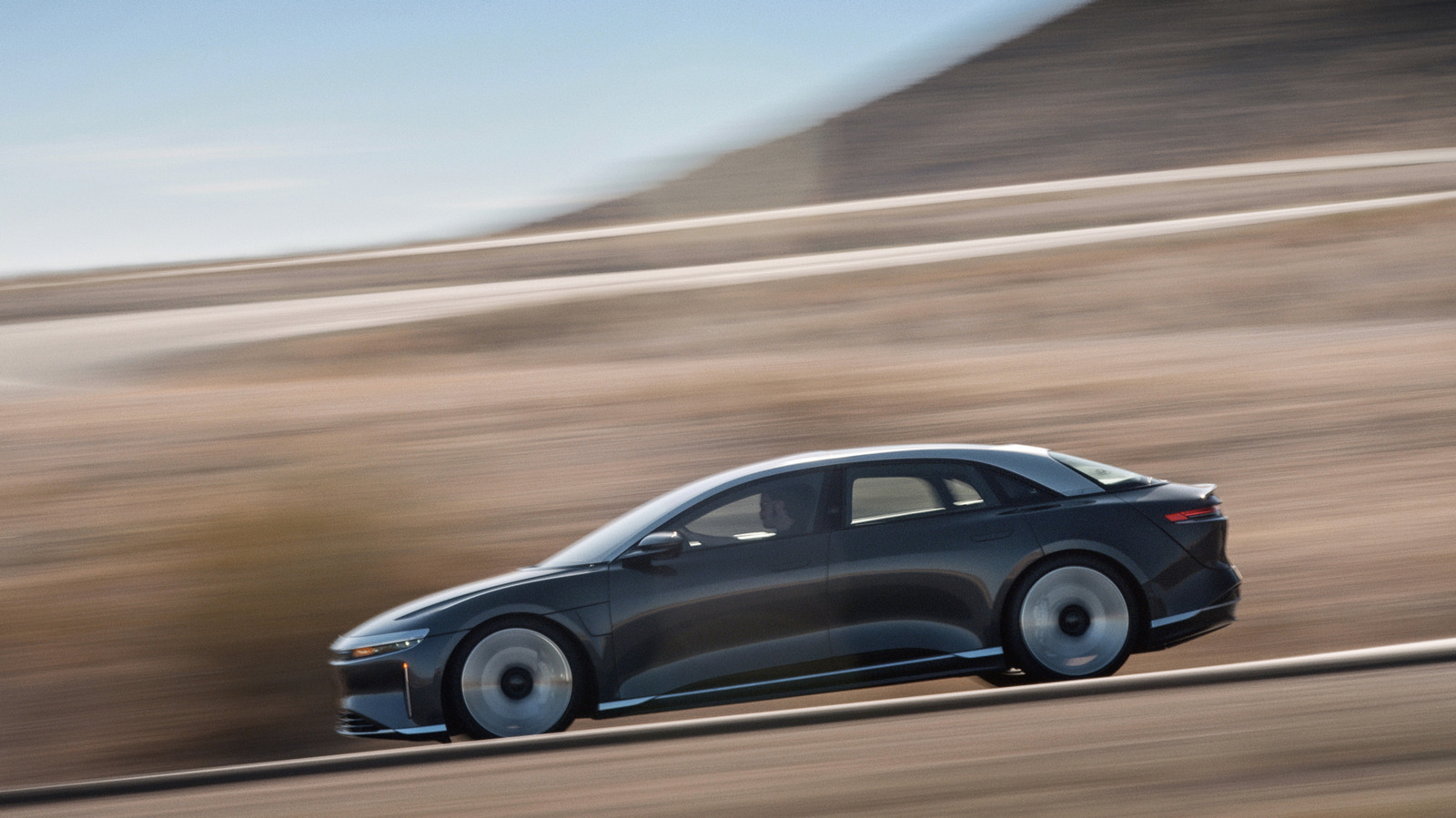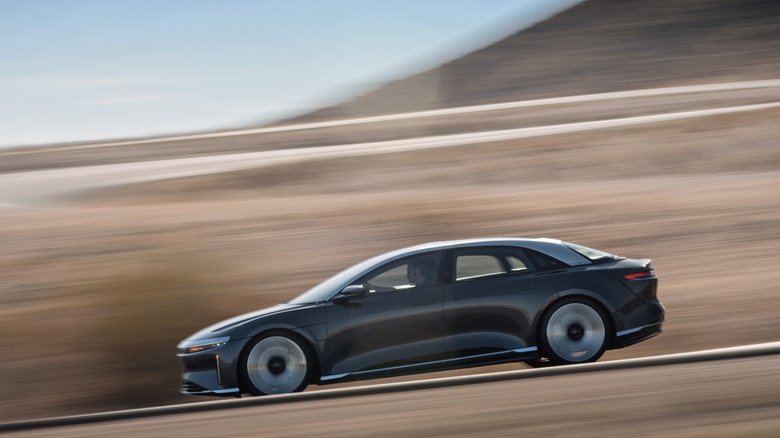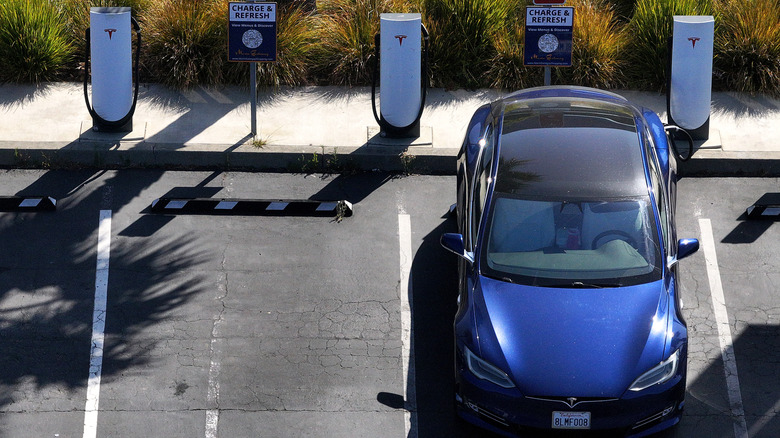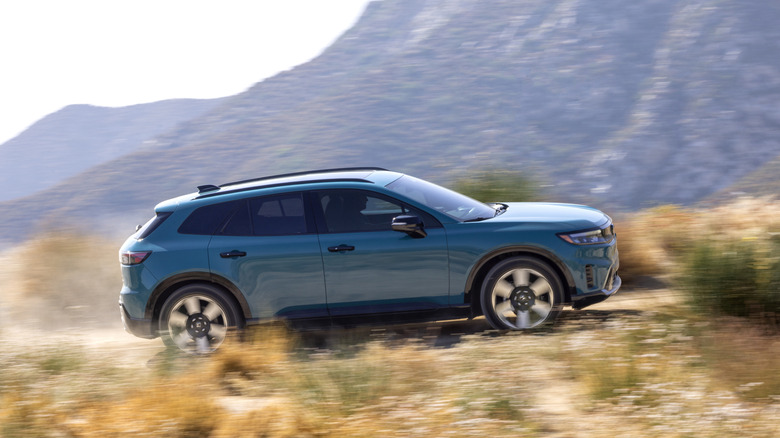Will electric-vehicle owners ever be satisfied with the range they can get on a single charge? I doubt it. The new standard expectation seems to be 300-plus miles, which means a big, expensive battery and relatively long charging times. If you talk to people who have bought an EV, they’ll often lament that they have to keep the thing above a 20 percent state of charge, that they only top 80 percent when taking a long trip to preserve the battery, and that hot and cold weather always knock off massive amounts of range.
Whinging is definitely part of the EV ownership experience, but as Forbes points out (citing analysis from an outfit called Geotab), the biggest range killer isn’t temperature – it’s driver behavior. While it’s true that winter’s chill and summer’s swelter degrade overall battery capacity, what really undermines range is leadfooting your electric car. If you’re consistently feeling the need for speed in an EV, you’re setting yourself up for a lifetime of range anxiety.
Buy an EV, learn some physics
In my experience, there’s something of a knowledge gap between EV owners and those who buy gas-powered cars. I don’t mean enthusiasts, of course: they can quote chapter and verse on combustion. I’m talking about the normies, people who buy a car for basic transportation and might not even know how many cylinders they have under the hood. They don’t care about range because there’s always a nearby gas station.
EV owners, on the other hand, often obsess over the intricate engineering of their cars, so it’s actually sort of surprising that when they fail to contend with the basic physics of electron-based propulsion versus petroleum. As Forbes notes, faster driving exposes an EV to additional wind resistance, requiring the powertrain to suck more juice out of the battery to maintain velocity. Aerodynamics can mitigate this, to a degree, but a car is a car, and at some point you fight a losing battle as you pour on the speed.
I own a Fisker Ocean with a very large battery and very good range: 360 miles under ideal circumstances. When I hit the highway for a trip, I generally try to maintain as consistent a speed as possible, keeping it at about 70 mph max. I haven’t noticed a huge drop-off in range when it’s very hot, as it has been of late in the Northeast, even when cranking the AC. But oh boy have I seen the range plummet when it’s extremely cold and when I drive fast. And it doesn’t help when automakers tout the 0-60mph times of their EVs, encouraging drivers to punch it from every stoplight, further degrading range.
The numbers are humbling
According to Forbes, the research shows that “a full-electric sedan can expect a 28% drop in operating range at 86 degrees… when cruising at 80 mph versus 50 mph.” Mustering an example, the publication reported that an EV with “277 miles of driving range at 50 mph will drop to an average 251 miles at 60 mph, 226 miles at 70 mph and just 200 miles at 80 mph.”
Those are humbling numbers – and they clearly recommend that EV owners should think of themselves as hypermilers, unless they want to make numerous stops on longer trips. To be honest, I’ve never fully understood why so many drivers want to blast along the open road at 80 mph anyway. Yes, I know, you want to get where you’re going, but properly fast cars are for performance driving, not freeway cruising. They want the winding byway, not the boring parkway. So think big picture if you own an EV, quit blaming the AC for hurting your range, and stop putting the pedal to the metal.





